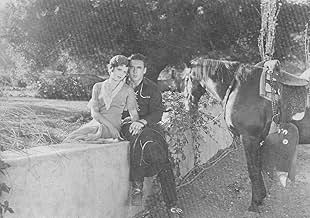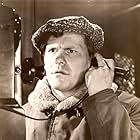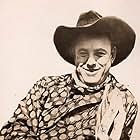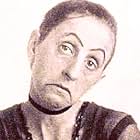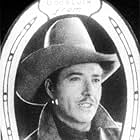After shooting a man in self-defense, Buck Duane finds himself accused of many crimes, none of which he committed. In order to prove his innocence, he joins the Texas Rangers, and also hopes... Read allAfter shooting a man in self-defense, Buck Duane finds himself accused of many crimes, none of which he committed. In order to prove his innocence, he joins the Texas Rangers, and also hopes to win the approval and hand of Mary Aldridge, a girl from the East. He is assigned to ro... Read allAfter shooting a man in self-defense, Buck Duane finds himself accused of many crimes, none of which he committed. In order to prove his innocence, he joins the Texas Rangers, and also hopes to win the approval and hand of Mary Aldridge, a girl from the East. He is assigned to round up a gang of cattle rustlers who are, unknown by Mary. led by her father.
- Director
- Writers
- All cast & crew
- Production, box office & more at IMDbPro
Storyline
Did you know
- TriviaPrints of the sound and silent versions of this film survives in the UCLA Film and Television Archives.
- ConnectionsFollowed by The Last of the Duanes (1930)
The film is from one of Zane Grey's novels, and is actually second in sequence after Last of the Duanes. O'Brien also made "Last of the Duanes", but it wasn't released until August of 1930, so sequentially out of order, as if anyone would know. "The Lone Star Ranger" stars O'Brien (as Buck Duane), Sue Carol, Russell Simpson, Warren Hymer, Walter McGrail, Roy Stewart, and many others, including in one small, but interesting, scene, Ward Bond dancing with Sue Carol. The dance is called the Grizzly Bear, and it's a take on modern dances Carol learned when she was back in New York in the film. The scene's a hoot because Bond is about 6'2" and Carol about 5'2" or so, and with Bond towering over her and swirling and bobbing around all this looks comical as can be.
The film is definitely grade "A", though many of the "B" Western tropes follow through the whole. Simpson is Carol's uncle (though the IMDb says he's her father!), and he's the judge, the sheriff, the law of this little hamlet. He's also the leader of a gang of rustlers who are stealing cattle from Colin Chase and others. The gang, on its own, is robbing stages and now robbing banks, both of which have the potential of killing involved, and neither of which is sanctioned by baddie Simpson. The story is put together well, and the cinematography by Daniel B. Clark is simply spectacular! Filmed in gorgeous Monument Valley, the scope of shots in the film against the actors is monumental in itself for the day. What's equally memorable, and now historical, is the filming of Rainbow Arch, one of the most beautiful natural formations in the United States - - - which collapsed in 2018. So what is captured here is a filmic piece of history. A large scene filmed here has O'Brien ask an Indian who lives in the region for the reason it is called Rainbow Arch and he gives them a fascinating legend.
For curiosity's sake, Elizabeth Patterson has a small rôle in the picture, but I never saw her. I suppose for this international release, some of the footage for the other two versions is not here, and there may be other footage here that isn't in those. Anyway, a very enjoyable film with a superb performance by O'Brien and all the others involved. Very highly recommended, but remember, it's a silent with sound effects and basically about twenty five spoken words, intercut with intertitles inserted.
This was the 3rd version of 4 of this film. The original 1919 version starred William Farnum, the 1923 version Tom Mix, and another later sound version starred 'Jarrin' John Kimbrough who went on to play professional football for the Los Angeles Dons. Both Russell Simpson and even William Farnum were also in this last version.
Details
- Runtime1 hour 4 minutes
- Color
- Aspect ratio
- 1.20 : 1
Contribute to this page







